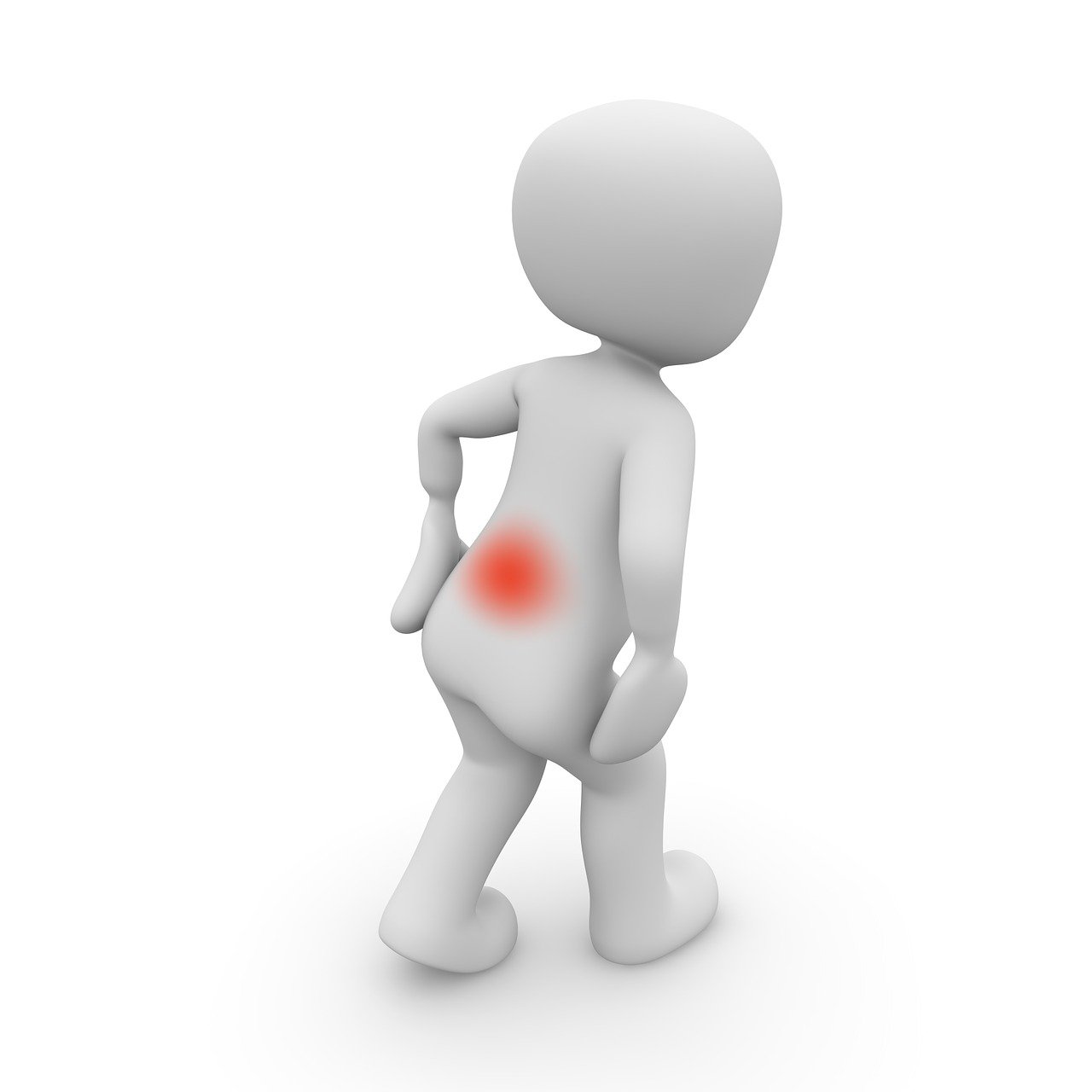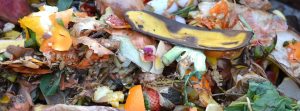In our journey to create nutrient-rich compost for our gardens, we often encounter a few bumps along the way. “What Are The Common Problems In Composting And How Do I Fix Them?” is an insightful guide that addresses these hurdles. From unpleasant odors to slow decomposition and pest invasions, we delve into the typical challenges faced during composting. Moreover, we provide practical solutions and tips to ensure our composting process is smooth and efficient, helping us turn organic waste into black gold for our plants. Have you ever started a compost pile with great intentions, only to find yourself face-to-face with a stinky, messy, and perplexing heap? Many of us have been there and experienced the challenges that come with composting. With the right knowledge and a little bit of patience, we can turn our organic waste into nutrient-rich compost that’s fantastic for our gardens.
In this article, we’ll discuss the most common problems in composting and offer practical solutions. Our goal is to make the composting process as smooth and successful as possible for everyone.

Understanding the Composting Process
Before diving into the problems, let’s briefly touch on what composting entails. Composting is a natural process that decomposes organic materials, like kitchen scraps and yard waste, into a rich soil amendment known as compost. This process primarily relies on microorganisms, air, moisture, and the right balance of carbon and nitrogen.
Carbon to Nitrogen Ratio
The ideal compost pile should have a carbon to nitrogen (C:N) ratio of approximately 30:1. Carbon-rich materials, or “browns,” include dried leaves, straw, and cardboard. Nitrogen-rich materials, or “greens,” include vegetable scraps, grass clippings, and coffee grounds. Maintaining this balance ensures that microorganisms will efficiently break down the materials.
Aeration and Moisture
Composting microorganisms need oxygen to thrive, so turning the pile regularly is essential. Additionally, the pile should be kept moist but not waterlogged. A good rule of thumb is that compost should feel like a wrung-out sponge.
Now that we have a basic understanding, let’s look at some common composting problems and how we can fix them.
Common Composting Problems and Fixes
1. Compost Pile Smells Bad
A foul-smelling compost pile is one of the most common issues we encounter. This can be off-putting, but don’t worry—it’s usually easy to fix.
Causes of Odor
- Too Much Nitrogen: An excess of nitrogen-rich materials creates a soggy environment where anaerobic bacteria thrive, causing bad odors.
- Lack of Aeration: Without enough air flow, the compost pile goes anaerobic, leading to foul-smelling compounds.
- Excessive Moisture: Overly wet compost piles can also go anaerobic and smell bad.
Solutions
- Balance the Greens and Browns: Add more carbon-rich materials like dry leaves, straw, or cardboard to absorb excess moisture and reduce odor.
- Turn the Pile: Incorporate more air by turning the pile regularly, at least once a week.
- Check Moisture Levels: Ensure the compost has the right moisture content. If it’s too wet, add dry materials to soak up the excess moisture.
2. Compost Pile Not Heating Up
Another common issue is a compost pile that seems dormant and doesn’t heat up, which is crucial for effective decomposition.
Causes of a Cool Pile
- Incorrect C:N Ratio: An imbalance of carbon and nitrogen can prevent the pile from heating up.
- Insufficient Size: Small compost piles can’t retain enough heat to reach the desired temperature.
- Lack of Moisture: Dry materials decompose slowly and can’t support microbial activity.
- Lack of Aeration: Without sufficient oxygen, microorganisms can’t thrive and generate heat.
Solutions
- Balance Materials: Adjust the C:N ratio by adding either more greens or browns as needed.
- Increase Pile Size: Aim for a minimum size of 3×3 feet to ensure adequate heat retention.
- Moisten the Pile: Add water if the pile is dry, ensuring it maintains a sponge-like consistency.
- Turn the Pile: Regularly aerate the compost to encourage microbial activity.
3. Compost Pile Attracts Pests
No one wants their compost pile to become a magnet for rodents, flies, or other pests.
Causes of Pests
- Inappropriate Food Scraps: Composting meat, dairy, or oily foods can attract pests.
- Exposed Food Scraps: Food not buried deep enough in the pile can invite unwelcome visitors.
- Pile Location: Piles located too close to residences or gardens can attract pests.
Solutions
- Avoid Certain Scraps: Do not compost meat, dairy, or oily foods.
- Cover Food Scraps: Always bury food scraps in the center of the pile, at least 6 inches deep.
- Use a Bin: Consider using a compost bin with a lid to deter larger pests.
4. Compost is Too Wet or Too Dry
Balancing moisture in a compost pile is crucial for efficient decomposition.
Causes of Moisture Imbalance
- Weather Conditions: Rain can make the compost too wet, while dry weather can dehydrate it.
- Improper Materials: Using only high-moisture or dry materials can lead to imbalance.
Solutions
For a Wet Pile:
- Add Dry Browns: Incorporate dry materials like straw, leaves, or cardboard.
- Turn the Pile: Aerate to help dry it out.
- Cover the Pile: Use a tarp to shield from rain.
For a Dry Pile:
- Add Water: Moisten the pile with water, aiming for a wrung-out sponge consistency.
- Incorporate Greens: Add more nitrogen-rich materials that contain moisture, like vegetable scraps and fresh grass clippings.
- Turn the Pile: Distribute moisture evenly through regular turning.
5. Compost Pile is Attracting Flies
Flies, especially fruit flies, can be a nuisance if they swarm around the compost pile.
Causes of Flies
- Exposed Food Scraps: Flies are attracted to uncovered kitchen scraps.
- Contaminated Materials: Sometimes, contaminated or spoiled produce can draw flies.
Solutions
- Bury Food Scraps: Always bury food scraps at least 6 inches deep within the pile.
- Use Brown Cover Layers: Add a layer of browns like leaves or straw over each addition of kitchen scraps.
- Compost Bin: Consider using a compost bin to contain the pile and reduce exposure to flies.
6. Compost is Too Slow to Decompose
Sometimes our compost piles seem to take forever to break down, which can be frustrating when we’re eager to use that rich compost.
Causes of Slow Decomposition
- Large Pieces: Large sticks, branches, and whole vegetables take longer to break down.
- Improper Balance: An imbalance of greens and browns can hinder decomposition.
- Lack of Aeration: Without sufficient air, the composting process slows down.
Solutions
- Chop Materials: Break down large pieces into smaller chunks to speed up decomposition.
- Balance Materials: Ensure the right C:N ratio for optimal microbial activity.
- Turn the Pile: Regularly aerate the pile to add necessary oxygen.
- Add Compost Starter: Consider adding a compost starter or some finished compost to introduce beneficial microorganisms.
7. The Pile Isn’t Breaking Down Evenly
Uneven decomposition is another frequent issue where some parts of the pile decompose, while others don’t seem to change.
Causes of Uneven Breakdown
- Layering Issues: Improper layering of materials can cause uneven breakdown.
- Insufficient Turning: Infrequent turning can result in some areas remaining stagnant.
Solutions
- Proper Layering: Layer green and brown materials properly and mix them together.
- Frequent Turning: Regularly mix the pile to ensure all parts decompose evenly.
- Maintain Moisture: Even moisture distribution helps the entire pile break down at the same rate.
8. Compacted Compost Pile
A compacted compost pile can inhibit air flow, leading to poor decomposition and possible anaerobic conditions.
Causes of Compaction
- Wet and Heavy Materials: Wet grass clippings or food waste can compact easily.
- Lack of Structure: Not enough bulky materials to keep the pile airy.
Solutions
- Add Bulky Materials: Include materials like straw, shredded cardboard, or coarse plant stalks to maintain air pockets.
- Turn the Pile: Regularly fluff up the pile to prevent compaction.
- Avoid Overwatering: Maintain moisture levels to prevent the pile from becoming too heavy and compacted.

Tips for Successful Composting
Aside from tackling specific problems, there are general tips we can follow to optimize our composting efforts.
Choose the Right Compost Bin or Pile
Choosing the right compost bin or design can make a significant difference in how well your composting process goes.
Types of Compost Bins:
| Type | Advantages | Disadvantages |
|---|---|---|
| Open Pile | Easy to start and add materials, inexpensive | Can attract pests, may be unsightly, needs regular turning |
| Compost Bin | Contains pile, reduces pests, maintains moisture better | Can be more expensive, might require assembly |
| Tumbler | Easy to aerate by turning, keeps out pests | Limited capacity, higher initial cost |
| Worm Bin (Vermicomposting) | Great for kitchen scraps, produces high-quality compost, can be used indoors | Requires specific care for worms, not suitable for large quantities of yard waste |
Know What to Compost
Knowing what you can and can’t compost is vital to preventing many common problems.
Compostable Materials (Do):
- Vegetables and fruit scraps
- Coffee grounds and filters
- Tea bags (non-plastic)
- Eggshells
- Grass clippings
- Leaves
- Small branches and twigs
- Shredded newspaper and cardboard
- Sawdust (untreated)
Avoid Composting (Don’t):
- Meat, fish, and bones
- Dairy products
- Oily foods
- Pet waste
- Diseased plants
- Weeds with seeds
- Non-biodegradable materials (plastic, metals)
Layer and Mix Materials
To ensure optimal decomposition, layer your compost materials and frequently mix them. Start with a layer of coarse materials at the bottom to improve air flow, then alternate layers of greens and browns.
Monitor and Adjust
Regularly check your compost pile for moisture, heat, and general progress. Make adjustments as needed, such as adding more browns if the pile is too wet or more greens if it’s not heating up.

Conclusion
Composting can be a rewarding and eco-friendly way to recycle organic waste, but it’s not without its challenges. By understanding common problems and implementing the solutions we’ve discussed, we can create and maintain a healthy, efficient compost pile.
Remember, composting is both a science and an art. It requires a bit of experimentation and adjustment to get it just right, but the benefits far outweigh the effort. With the right approach, we’ll turn our kitchen scraps and yard waste into black gold that enriches our gardens and helps the environment. Happy composting!



